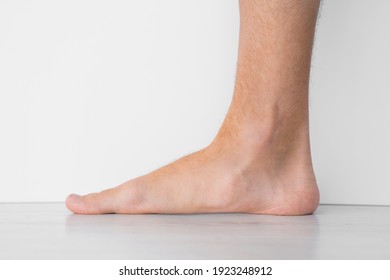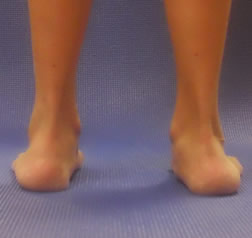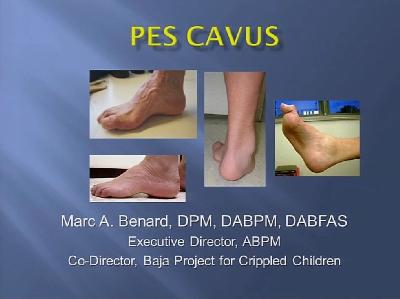

Often times, the actual treatment method will include some form of arch support or light gymnastic style exercise.
WHAT IS PES PLANUS VERIFICATION
Verification of the exact cause and type of flat feet that each individual has, should only be handled by a professional podiatrist. Depending on the cause and exact type of the condition, a variety of forms of treatment may be prescribed. Treatment of flat feet by a fully educated, trained, and licensed podiatrist should be sought if the previously mentioned pain in the foot or knee areas start to surface and becomes a painful problem. more than 10% but less than 25% then your foot profile is probably normal, more than 25% or even the widest part, then you have flat feet. If the print of your foot in this part is less than 10% of the width of the widest part then you are likely to have high arches. Look at the narrowest part of your footprint, which should be between your heel and ball of your foot. The classic way is to stand on a hard floor surface with wet feet to make a wet foot print.

There are a few simple ways to assess your foot type, and most include making an imprint of your footprint.

Others only feel symptoms when they walk more than normal, go jogging or participate in a sport that involves running or kicking. Others, however, feel persistent pain in their feet and wearing shoes can prove additionally painful. Not everyone who has flat feet experiences symptoms. Conditions present at birth, such as excess laxity of joint capsules and ligaments, such as Ehlers-Danlos syndrome. Conditions of the feet that can injure foot tissue such as osteoarthritis. Fallen arches can occur naturally from birth, or can be attributed to the rolling in of the foot and ankle while running (overpronation).įactors that increase your chance of flat feet include family history, diseases that cause muscle or nerve damage, such as peripheral neuropathy, diabetes, cerebral palsy, spina bifida, or muscular dystrophy. The condition can cause foot pain, fatigue and affect gait, which can create strain on the knees, ankles legs and hips. Postural-Due to internal tibial torsion as occurs in obesity, muscle fatigue, faulty footwear and/or strenuous work on feet, and arthritis.Fallen arches, also know as having flat feet, or pes planus, refers to the collapsing of the foot?s arch so that it is no longer curved properly or adequately supportive.

Muscular-Due to poor control or incoordination (from e.g., poliomyelitis or cerebral palsy). Ligamentous-Due to tendino-ligamentous trauma The peroneal spastic flat feet variant is commonly due to abnormal coalescence between 2 or more tarsal bones, often at the calcaneocuboid, calcaneonavicular, and talocalcaneal bars. Flat foot grades are based on disability, ranging from mere strain or tenderness to osseous rigidity. Avalgus deformity of > 10% requires therapy often a shoe will suffice as therapy. Often, a parent will perceive flattening of the foot when a child first ambulates laxity of the ligaments may result in collapse of the foot with valgus on the hind-foot, and eversion or pronation of the forefoot. True flat feet (as defined by orthopaedists) are uncommon. Farlex Partner Medical Dictionary © Farlex 2012 flat foot A common (20–30% of the population) complaint, which affects many age groups.


 0 kommentar(er)
0 kommentar(er)
